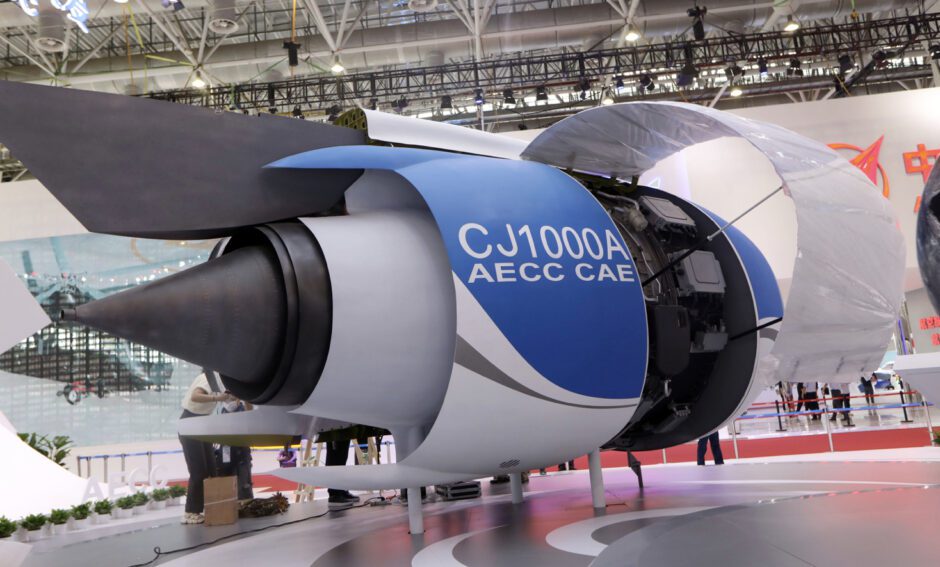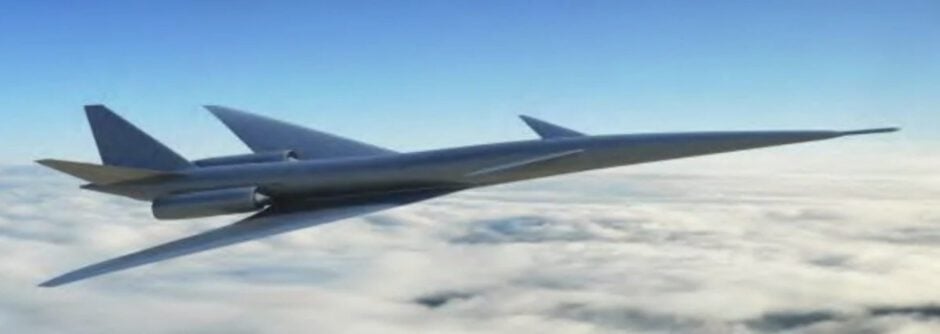
COMAC, the Commercial Aircraft Company in China, is continuing to move forward in multiple directions. One of those directions is to produce key elements of the aircraft domestically, rather than to rely on western suppliers. For the C919, the largest western component on the aircraft is the engine, currently the CFM LEAP-1C that powers the C919.
The AECC CJ1000A engine for the C919

With uncertainty regarding trade relationships with the United States, China has set a goal to produce key technologies domestically. This includes aircraft engines, and the Aircraft Engine Company of China, AECC, has been making progress on a replacement for the LEAP-1C. That engine, the CJ-1000A, has just completed a major milestone, completing flight testing on a four engine military transport and moving towards integration for testing on the C919 itself.
The CJ-1000A is now expected to be certified and ready for entry into service within the next three years, as China moves further down the learning curve in commercial aviation. COMAC is quietly engineering new components to replace existing western suppliers to ensure that any disruption in trade will not impact Chinese domestic aircraft production by the end of the decade.
The COMAC C-949
COMAC has also discussed publicly its C949 aircraft concept for introduction by 2040. This will be a supersonic design with longer range than Concorde to enable trans-continental operations with low sonic boom to re-open the supersonic travel market. Moving in a different direction than the environmentally friendly solutions being developed by Airbus and Boeing could position COMAC as a competitor with a unique flagship product that fits the need for higher-speed international airline travel.

The artist’s rendering above shows a design concept for the C949. The current western competitor for supersonic flight is the Overture from start-up Boom, which could enter the market in the late 2030s, but faces funding and development challenges. With full Chinese government support, COMAC would have the budget and resources necessary to compete a supersonic development program.
The Bottom Line
As China gains strength in aviation technologies and domestic production capabilities, COMAC could become the third major player alongside Airbus and Boeing and break-up the current commercial aviation duopoly. While limited in production today, we expect COMAC to grow substantially during the coming decade, with significantly higher production rates and internationally competitive aircraft economics by 2035.
Views: 559




